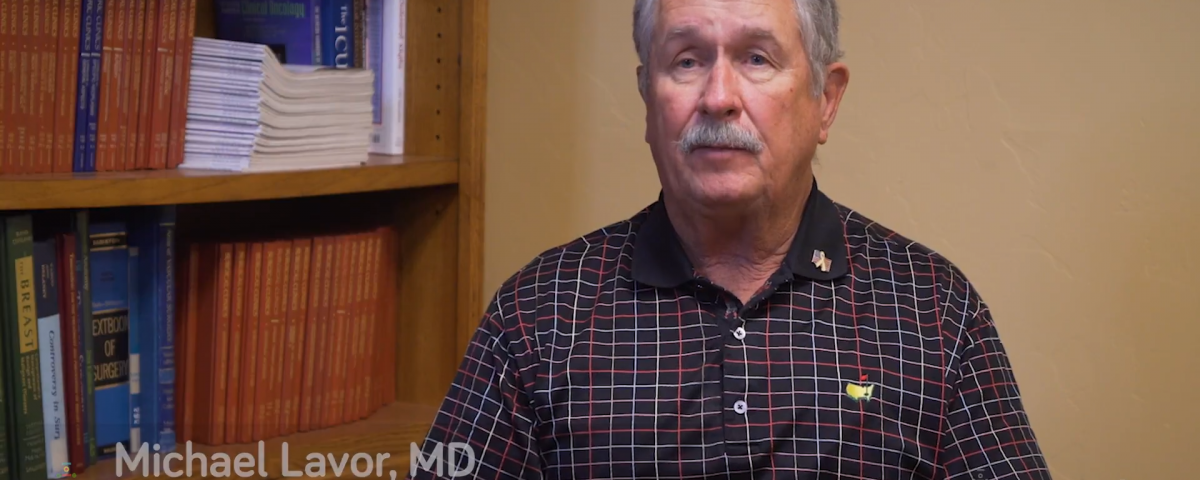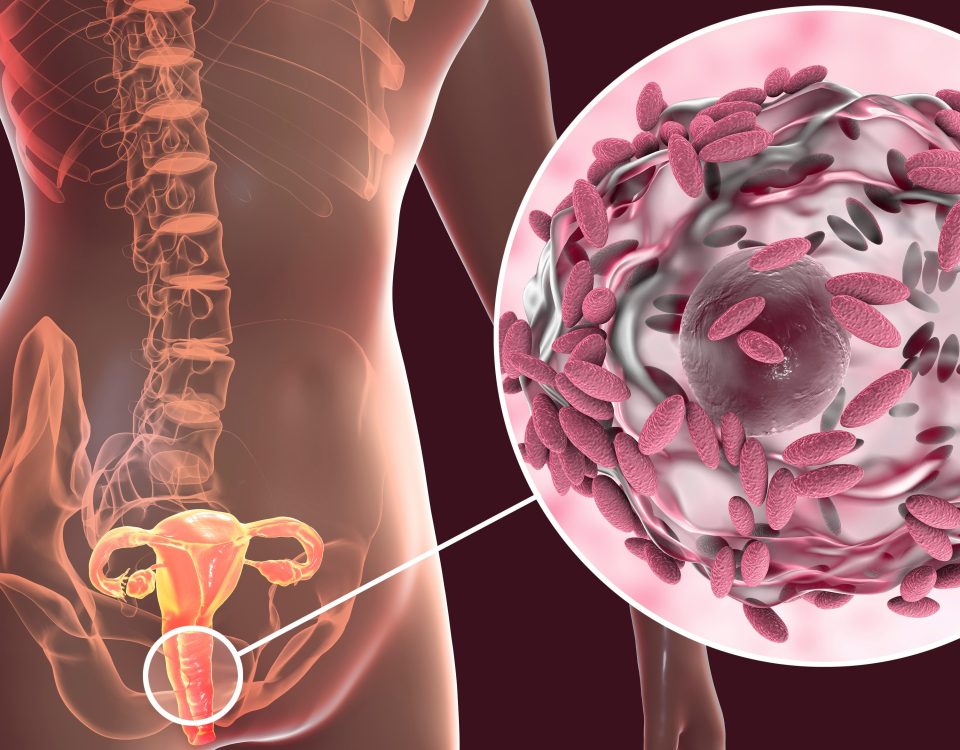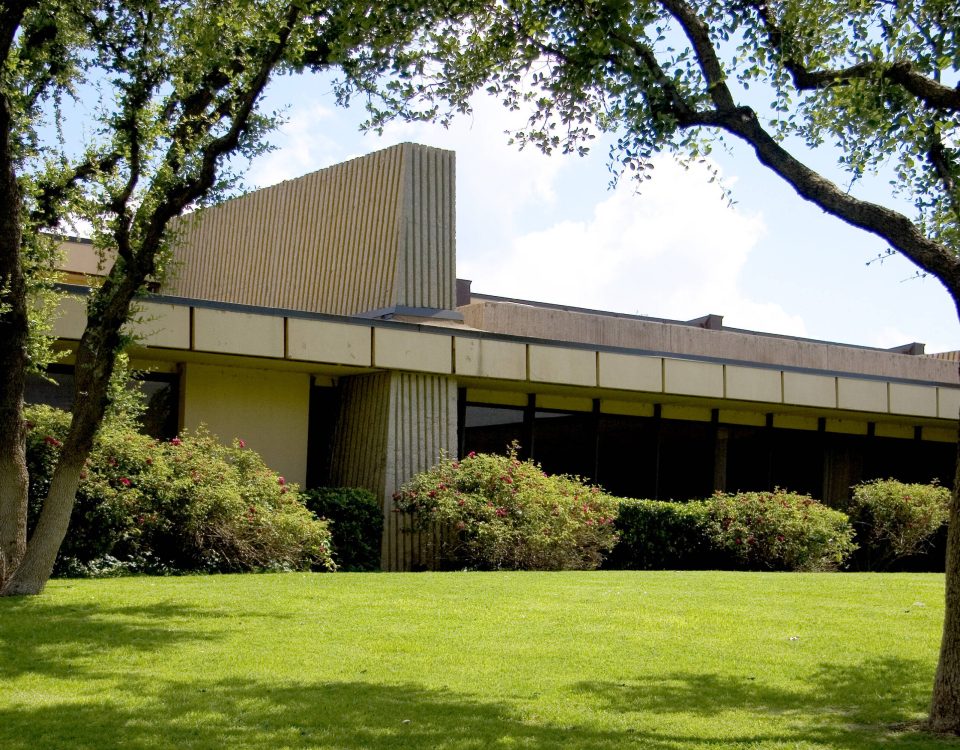After 23 years in private practice as a general surgeon, Dr. Michael Lavor retired from active practice as a surgeon in July 2014, although he remains with Saguaro Surgical, the practice he founded, as Medical Director. In addition to his work at Saguaro Surgical, Dr. Lavor will continue as Medical Director at The Wound Center where, through state-of-the-art treatments, he remains available to provide specialized therapy for chronic or non-healing wounds.
One of the tools Dr. Lavor utilizes in the care of patients is diagnostics from MicroGen DX. MicroGen DX uses Next Generation DNA Sequencing (NGS) and rapid PCR screening to accurately identify all of the microbes in a sample, using the unique DNA of the species in the sample. He was able to provide for us some first hand accounts of the ways in which superior diagnostics made a difference to his patients.
“We started doing the DNA sequencing testing,” he told us, “and were amazed at some of the different bacteria that came back.”
MicroGen DX can identify more than 25,000 unique species of bacteria and fungi, because it compares the DNA in the sample to a growing database of microbial species. While the use of cultures may identify a few dozen species over a physician’s career, MicroGen DX has already identified more than 6,500 species in patient samples.
Dr. Lavor describes his experience with being given so much accurate and important information in the MicroGen DX report. “Then it was a question of how do we treat that?” he explained. “What happens when you have the DNA sequencing, it does focus your attention to a particular bacteria and is very specific, and they also give you a percentage of what bacteria that is.”
The MicroGen DX report lists the different species found in the patient sample, but it also lists the percentage of the total bacterial load each species represents. If a bacterial species is found to be 2% of the bacterial load or more, it is listed on the report with the percentage it represents, so that physicians can know what species it is most important to target with treatment.
As Dr. Lavor explained, having accurate information about the microbes present in a patient can make all of the difference. Like many physicians, he had found in the past that the information provided by cultures was simply insufficient.
“One particular patient we were talking about,” he told us, “I had done culturing before and it came back with a staph infection. That was treated and I thought the infection was cleared, and went ahead and proceeded with a skin graft on the patient and the skin graft failed. It’s really the first time I’ve had a significant sized skin graft that failed on a patient. It failed from obvious reasons of looking at the wound because of something basically destroying the skin graft.”
Dr. Lavor then sent a sample to MicroGen DX to identify the microbes which could be causing the failure of the skin graft.
“With the DNA sequencing technique, it showed up with Pseudomonas and a Bacteroides that was unrecognized in the previous cultures.” With the causative microbes identified, Dr. Lavor was then able to create a targeted treatment which lead to success for his patient. “The antibiotic cream was then made,” Dr. Lavor continued. “We put that on the wound and within probably a week, the remaining portion of the skin grafts that were still viable took.”
Dr. Lavor explained to us that the difference between success and failure in this case was due to the inability of cultures to return all of the needed information. It wasn’t until he used MicroGen DX to identify the microbes in the wound that he was able to bring healing to his patient.
“It was the problem of not having the correct information,” he explained, “regarding what bacteria was causing an infection before the skin graft. Now, what I do, if I’m going to do a skin graft, and I have any question about infection at all, I’d do the DNA sequencing to make sure that we have that information to be able to treat the patient prior to the skin grafting.”
Dr. Lavor sees the benefits of MicroGen DX’s Next Generation DNA Sequencing as a needed part of medicine for today and for the future. He described some of the ways in which he feels it should be utilized.
“This technology needs to be advanced into the military…”
“This technology needs to be advanced into the military,” he told us, “both in the field and in the VA system, and I can tell you why from personal experience. I was deployed to Afghanistan in 2014. There was a problem with amputations that were say below the knee amputations that would get infected, it’d be above the knee amputation that would get infected and it’d be a hip disarticulation get infected, they’d have a hemipelvectomy. If we’d had something like this, we’d have send it off, knowing exactly what it was immediately and be done. Treating our soldiers in the field or treating some veterans that come in in the VA hospital with chronic wounds would be unbelievably better.”
Click here to watch this interview on our YouTube channel.
Michael Lavor, MD
Saguaro Surgical
6422 East Speedway Blvd, Ste 150
Tucson, AZ 85710
Phone: (520) 318-3004
Hours: Monday – Friday
8:00AM to 5:00PM
http://www.saguarosurgical.com/
To learn more about MicroGen DX, explore the links below.
https://www.facebook.com/microgendx/
https://www.instagram.com/microgendx/
https://www.tumblr.com/blog/microgendx



